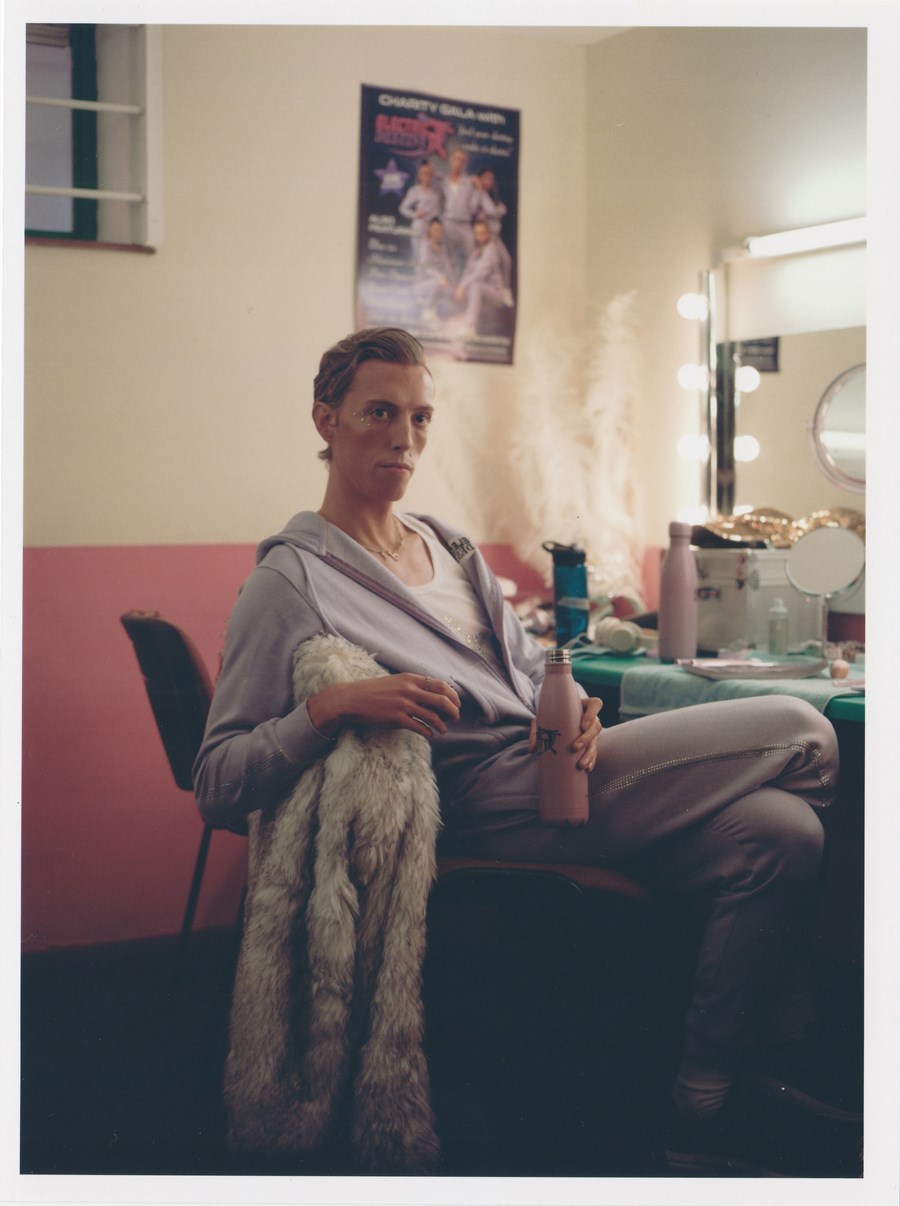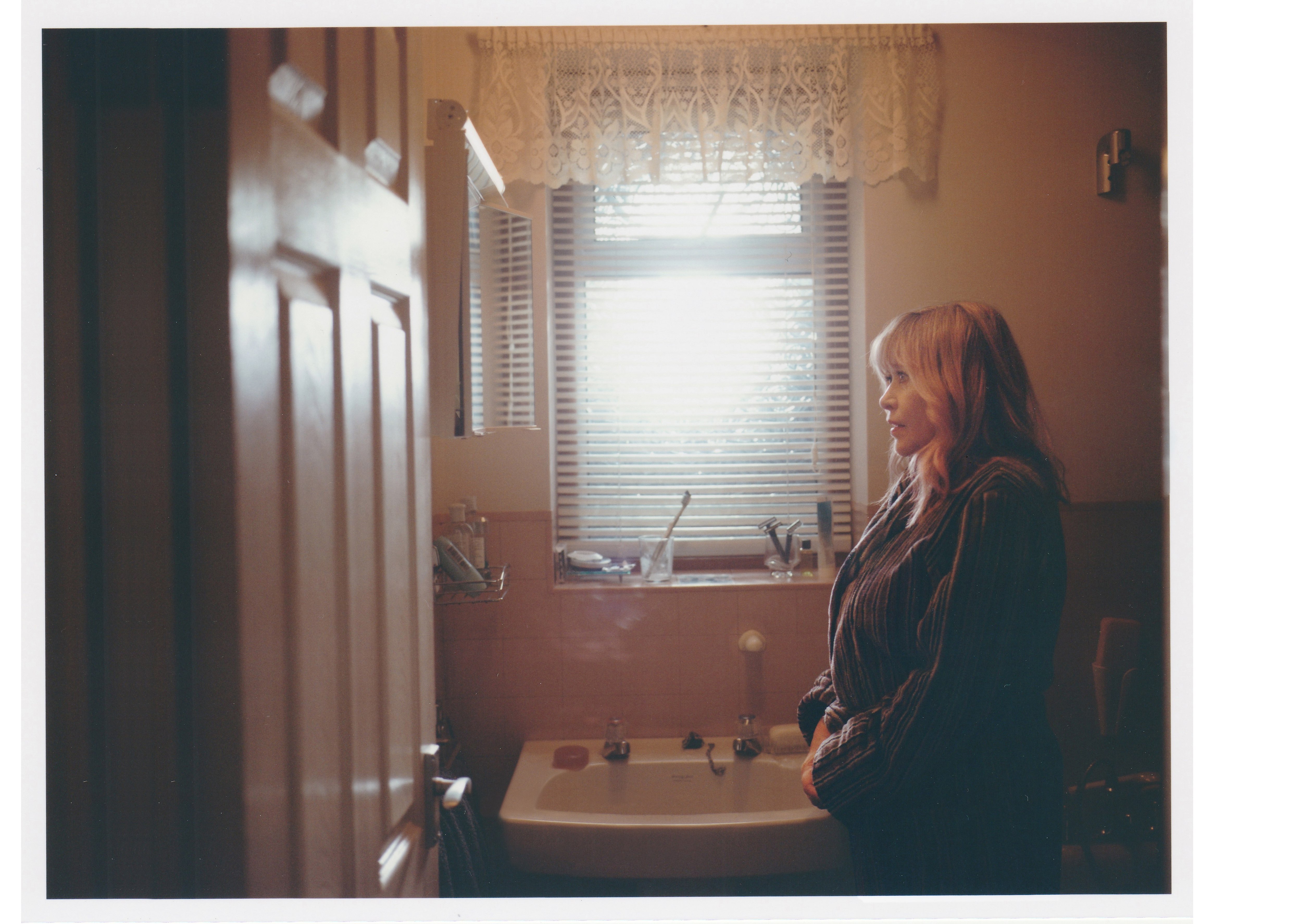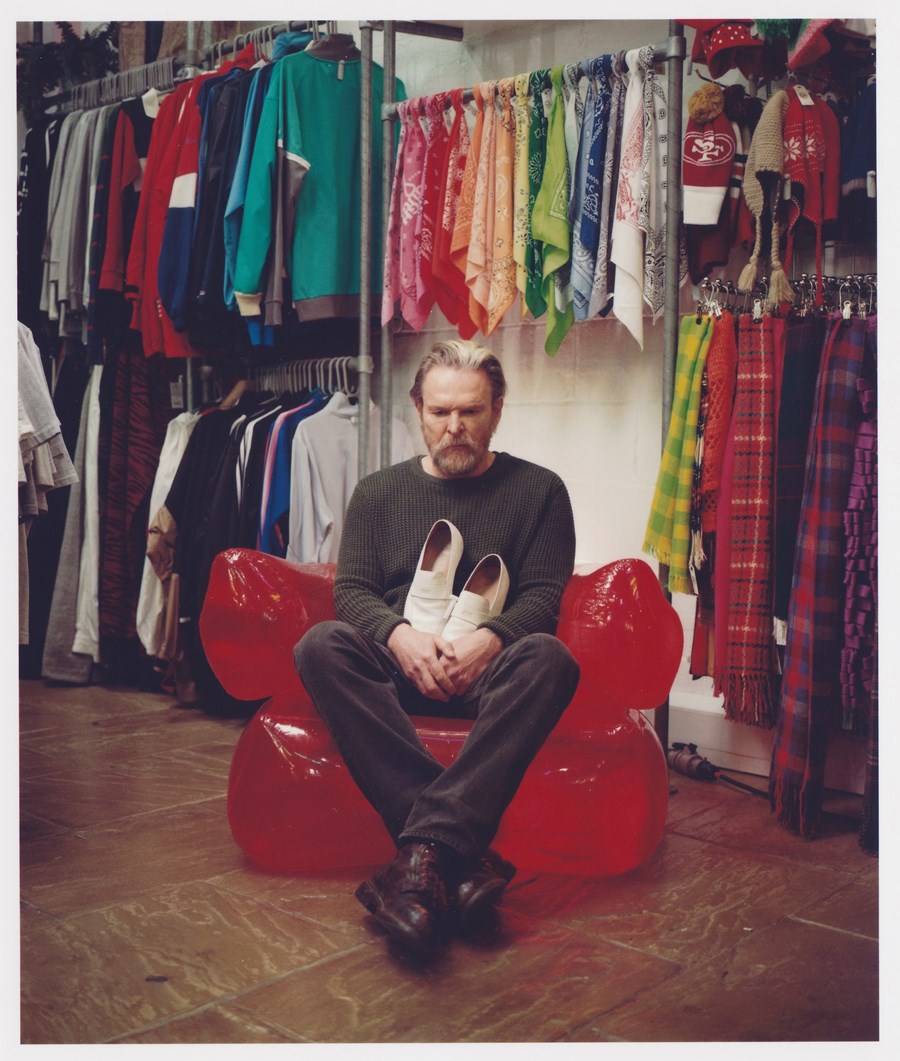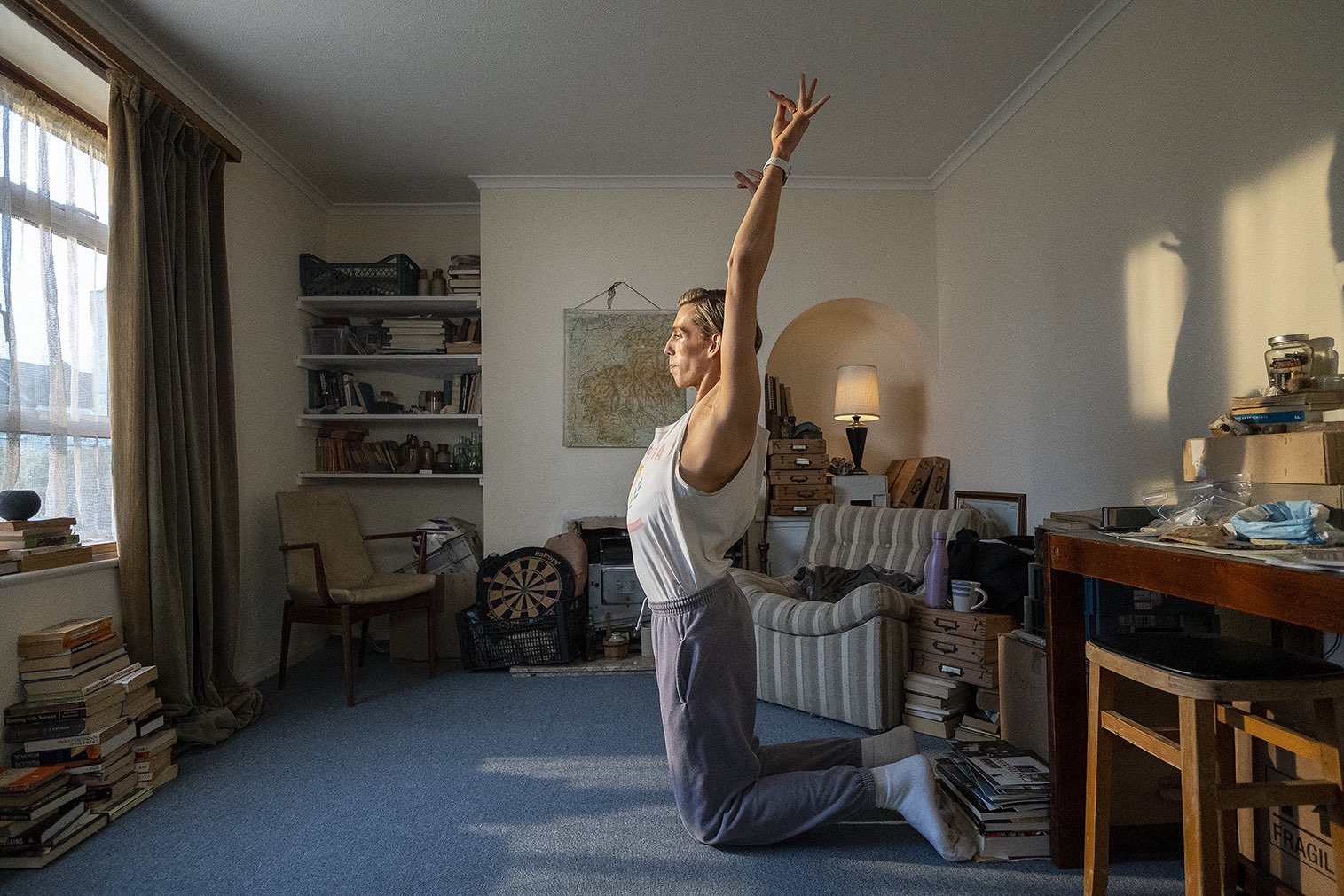There are many places you could meet a future partner, but a relative’s funeral is perhaps not the optimum choice. For Sue, however, in Leo Leigh’s debut fiction feature Sweet Sue, it doesn’t matter; both her and new date Ron are desperate for connection in whatever way they can find. Their unorthodox meet-cute, like the rest of Leigh’s film, brilliantly hovers on the edge of absurdity and total reality, a tone that develops even further at the introduction of Ron’s son Anthony. He’s a social media influencer and dancer, with an outsized idea of his own talent, and Sue is forced to navigate the surreal new family dynamic she’s found herself in. It’s a film that manages to be scathingly funny while maintaining a more sincere and poignant look at the ways people search for meaningful relationships in their lives.
Here, Leo Leigh discusses his inspiration for these eccentric characters and striking a balance between humour and tragedy in the film.

Where did these characters’ stories start for you?
It really was a kind of megamix of all the things I'd been making notes of in my head. I based Sue on a woman I met at a party; she wasn't that dissimilar, and she was pretty [inebriated]. She wanted us to go to this karaoke spot in East London, so we went. She abandoned us and went up on stage and started singing this karaoke. We just watched her all night. She was always in my mind as a character that I really wanted to make a film about. Then a friend of mine was in a dance crew and he really thought they were the best thing ever. It was absolutely enthralling to see someone that was so bad, but thought they were so amazing.

Sweet Sue (2023)
And there was another guy I met in a pub, and he was talking about how he had issues with his son's sexuality. When his son actually turned up to the pub, the guy kind of shut down and it was amazing to see it play out – he was one kind of person and then his son arriving turned him into this shell of a man. So I had all these ideas from people and I just started to figure out how they could work and how the conflict started between them. I like singular images, and what the backstory is for each of them. I went into a party shop, for example, and a woman was sitting in there surrounded by all these colourful things to celebrate the joys of life but she just looked so miserable.

The idea of gathering stories and images, combined with the visual aesthetic of the film, feels quite nostalgic. Was this something you wanted to examine in the film?
I'm always fascinated by the places that you think, ‘I can't believe that’s still there’. But the thing is, if it's there, it's real. You could say it harks back to [something], but these things are still contemporary, like anything else. The film definitely focuses on that kind of world, but the important thing about it is the juxtaposition of Anthony’s iPhone digital aesthetic as well. The party shop was almost a starting point for thinking about the aesthetic of the film, it really guided the colour palette especially.

Sweet Sue (2023)
The pastel tones contribute to another interesting juxtaposition in the film between lighthearted comedy and quite devastating loneliness. How did you strike that balance while making the film?
I knew I could make a feature that was as absurd and ridiculous as some of the short films I’ve made before, but I wanted to make it funny without having to paste the gags on top. They had to be woven in between, the meaning of it has to feel motivated. The most absurd thing in the whole film, I’d say, is the air freshener going off. I'm forcing you to see that, but it's completely legitimate. It feels like that's the kind of thing she’d have in her world. I just felt like I needed to not take the piss as much.

You used an improvisation and rehearsal process for the film. Can you explain how that worked and what it brought to the project?
We did six weeks of rehearsal and then started shooting. Each beat and scene was already set out but there was no dialogue, so it meant that everyone knew where we were going, but within that it’s about the nuance. I really like working like that, because I like the freedom of the dialogue not necessarily always being plot-driven, it sits within the story. So we would work on a scene and live-write it, I’d figure out what worked and what didn't and then down to a manageable size for a scene. It wasn’t just a way of writing the dialogue in rehearsals, but also finding ideas or themes about a character, too.
SWEET SUE IS OUT IN CINEMAS AND ON CURZON HOME CINEMA FROM 22 DECEMBER




